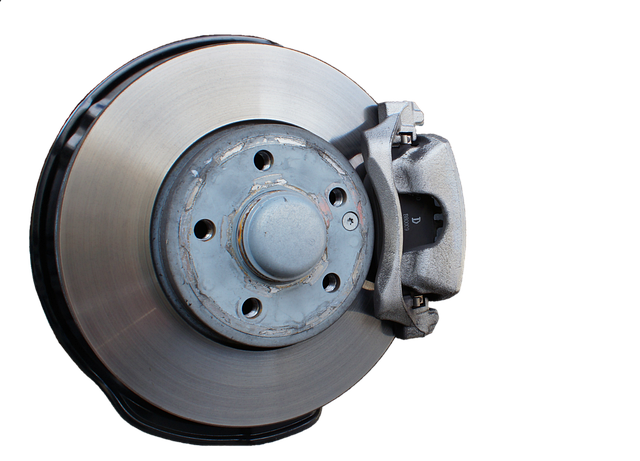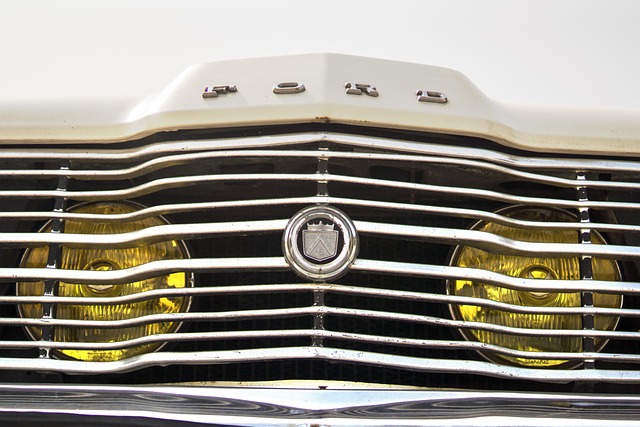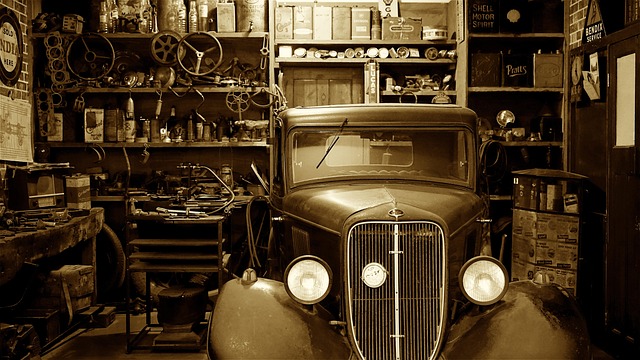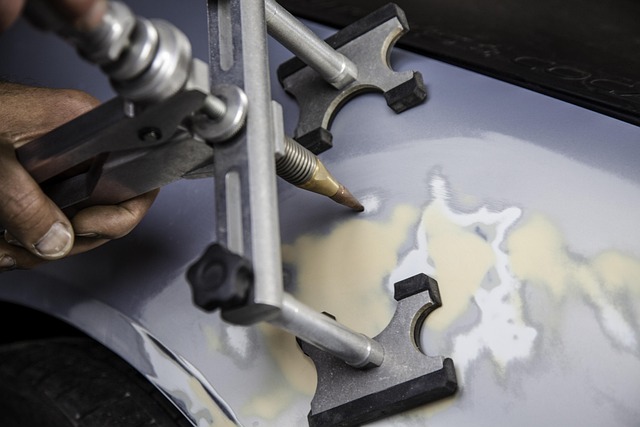Salvage auto body parts are a sustainable and cost-effective solution for automotive recycling, offering significant environmental benefits by reducing waste and lowering carbon emissions. They provide financial advantages through substantial discounts on used yet functional components, making collision repairs more affordable. However, safety risks exist as quality standards may not be met, and legal issues can arise from non-compliance with regulations. Consumers must exercise caution due to potential wear, damage, and unknown service histories.
Are salvage auto body parts a smart choice or a hassle? This article explores the pros and cons of using recycled auto body components. From cost savings and environmental benefits to potential safety concerns and quality issues, we dissect what makes salvage parts a viable—or risky—option. Learn how to navigate this unique market and make informed decisions about your vehicle’s repair.
- Understanding Salvage Auto Body Parts: What They Are and How They Work
- Benefits of Using Salvage Auto Body Parts: Cost Savings and Sustainability
- Potential Drawbacks and Considerations: Safety, Quality, and Legal Aspects
Understanding Salvage Auto Body Parts: What They Are and How They Work

Salvage auto body parts are a crucial part of the automotive recycling process, offering both environmental and economic benefits. These parts come from vehicles that have been damaged in collisions or accidents, but are still structurally sound. They’re then inspected, repaired, and made ready for reuse, diverting them from landfills and reducing the demand for new materials. This not only conserves resources but also significantly lowers costs for consumers looking to repair their vehicles.
When it comes to auto body work, salvage parts can be a viable alternative to brand-new components. They’re typically much cheaper, making them an attractive option for those on a budget. Collision centers often have a wide selection of these parts in various makes and models, allowing them to source specific pieces easily. Moreover, with proper preparation and installation, salvaged auto body parts can serve just as effectively as new ones, ensuring your vehicle looks and performs like new without breaking the bank.
Benefits of Using Salvage Auto Body Parts: Cost Savings and Sustainability

Using salvage auto body parts offers a compelling combination of cost savings and sustainability benefits. One of the primary advantages is financial—salvage yards provide access to used but still functional components at significantly lower prices compared to new or even reconditioned parts. This can translate into substantial discounts for consumers, making collision repair services more affordable without compromising quality.
Moreover, opting for salvage auto body parts contributes to environmental sustainability by reducing the demand for virgin materials and minimizing waste. Many salvage yards employ specialized techniques, such as efficient dent removal, to restore and reutilize parts, diverting them from landfills. This eco-friendly approach not only conserves resources but also lowers the carbon footprint associated with traditional car paint services and new part manufacturing.
Potential Drawbacks and Considerations: Safety, Quality, and Legal Aspects

While salvage auto body parts can be an attractive option for those looking to save money, there are several potential drawbacks and considerations to keep in mind. One of the primary concerns is safety. Used auto body parts may not always meet the same quality standards as new ones, which could compromise the structural integrity of a vehicle during a collision repair. This becomes especially crucial when dealing with safety-critical components like airbags, brakes, or crumple zones.
Additionally, there are legal aspects to consider. The sale and use of salvage auto body parts must comply with local regulations, including emissions standards and safety guidelines. Using non-compliant or poorly sourced parts can lead to legal issues and potential safety hazards on the road. Moreover, consumers should be wary of the overall quality of these parts. Salvage parts might have wear and tear, signs of previous damage, or unknown service histories, making it difficult to guarantee their longevity and performance in automotive repair and car collision repair processes.
Salvage auto body parts present a compelling option for cost-conscious and environmentally aware consumers. While they offer significant savings and contribute to sustainability by extending the life of used components, there are potential drawbacks to consider, such as safety standards and quality assurance. Thorough research and verification of the source and condition of these parts are essential to ensure a safe and reliable repair. In terms of overall value, salvage auto body parts can be a game-changer for those looking to reduce costs without compromising on quality, especially when sourced responsibly.














